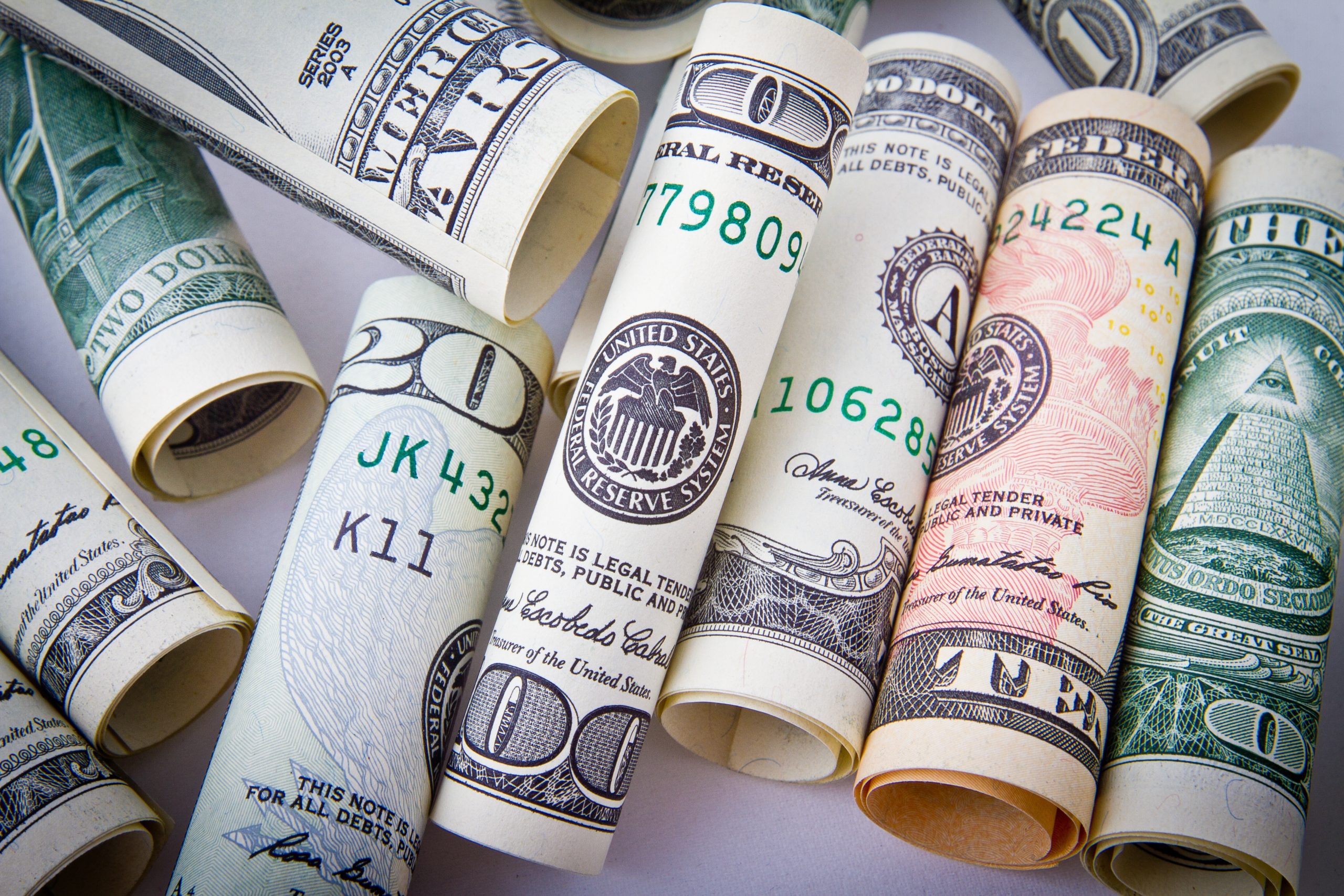Are you tired of hearing about the constant turmoil in the banking industry? Are you frustrated with the lack of solutions and progress being made to improve it? Look no further than Fed policymaking. The current state of banking is a direct result of poor decision-making by those in charge, and it’s time for change. In this blog post, we will explore why we need better Fed policymaking to address the issues facing our financial institutions today. Join us as we dive into what needs to be done to ensure a stable and prosperous future for both banks and consumers alike.
The banking system is in turmoil
The banking system is in turmoil. The current banking system is based on a fractional reserve system, which means that banks are only required to hold a small fraction of their deposits in reserve. This leaves them vulnerable to runs, when depositors suddenly demand their money back.
The current banking turmoil began in 2007, when the subprime mortgage market began to collapse. This led to a wave of bank failures and bailouts, as well as the creation of the Troubled Asset Relief Program (TARP). TARP was designed to stabilize the financial system by purchasing troubled assets from banks. However, it has been criticized for being too slow and not doing enough to help struggling homeowners.
The current banking system is flawed and needs to be fixed. The Federal Reserve needs to create better policies that will stabilize the financial system and help protect consumers.
The Federal Reserve’s policies are to blame
The Federal Reserve’s policies are to blame for the current banking turmoil. The Fed has kept interest rates too low for too long, and this has led to a build-up of debt and leverage in the banking system. When the Fed finally decides to raise rates, it will be too late and the banks will be forced to deleverage, which will lead to a credit crunch and a recession.
The Fed needs to take a more proactive approach to policymaking, and it needs to start raising rates sooner rather than later. If it doesn’t, we could see another financial crisis in the not-too-distant future.
What needs to be done to fix the problem
The current banking turmoil is the result of years of bad Fed policymaking. The Fed has been too slow to raise interest rates, and it has been too quick to bail out banks that made bad decisions. This has led to a situation where banks are now too big to fail, and the taxpayers are on the hook for their mistakes.
The first step to fixing this problem is for the Fed to stop bailing out banks. If a bank makes a bad decision, it should be allowed to fail. This will remove the moral hazard that currently exists, and it will make banks more accountable for their actions.
The second step is for the Fed to start raising interest rates. The economy is currently in a period of low inflation, so there is no reason for rates to stay at historically low levels. Higher interest rates will provide some much-needed discipline for banks and help to reduce the risk of future financial crises.
How will this affect ordinary Americans?
The banking turmoil of the past few years has been hard on Americans. The recession has left many people unemployed or underemployed, and the slow recovery has made it difficult for families to make ends meet. The banks have been part of the problem, with their high fees and lending practices that have made it difficult for people to get loans.
Now, the banks are in trouble again. The current crisis is due to a combination of factors, including bad loans, low interest rates, and weak regulation. This time, the banks are asking for a taxpayer bailout.
This is unfair to ordinary Americans who are struggling to make ends meet. It is also counterproductive; bailing out the banks will not solve the underlying problems that caused the crisis. We need better regulation of the banking industry, so that this doesn’t happen again.
Conclusion
The current banking turmoil is a stark reminder of the importance of sound Federal Reserve policymaking and financial regulations. Without these measures in place, our economy can easily be thrown into chaos and upheaval during times of crisis or uncertainty. It is therefore essential that the Fed considers all potential angles when formulating their monetary policies to ensure that they are able to mitigate any risks posed by economic shocks while still allowing for growth and prosperity in both the short-term and long-term. With better Fed policymaking, we may very well be able to come out on top even during difficult economic periods such as this one.




